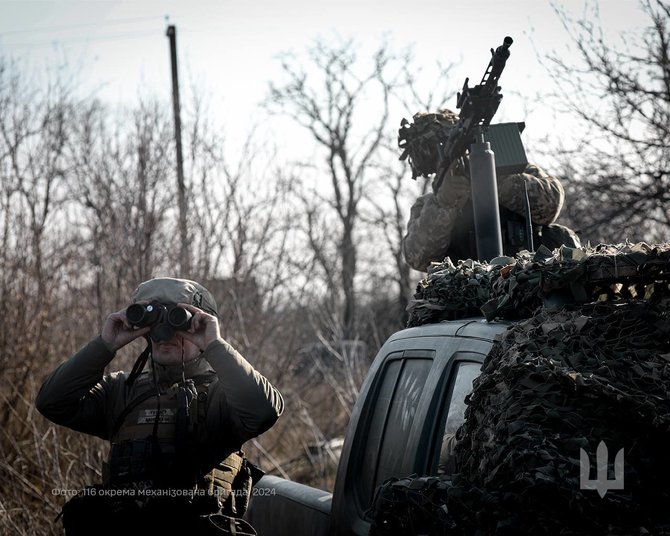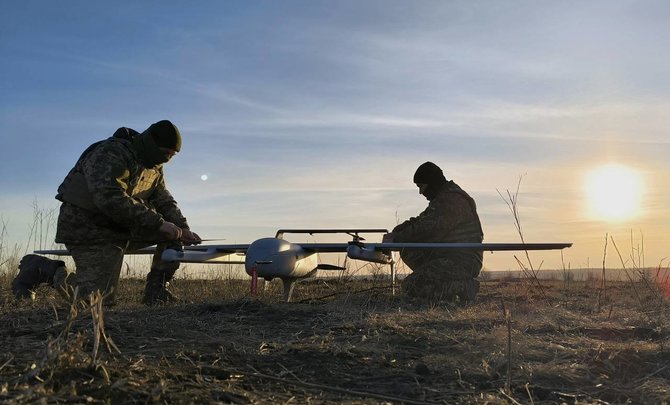Dr. Jack Watling, ground warfare expert, Dr. Oleksandr V. Danyliuk, an expert on Russia’s multifaceted warfare, and Nick Reynolds, a military expert, pointed out that the original concept of offensive operations in Ukraine was sound: it called for 12 armored and mechanized brigades to achieve a breakthrough along a 30 km front. Hence, to isolate Tokmak in seven days, and then break through to the south towards Melitopol. According to the plan, their pace was to prevent Russia from concentrating the bulk of its forces, so that the attacking side would have had to overcome only six defending regiments.
“This concept of the operation was not implemented. This happened due to operational mistakes made by Ukraine and its international partners. Before the attack, Ukraine’s international partners missed two crucial decision-making moments,” the report reads.
According to experts, firstly, although Russia from 2022 May. began to transition to a war economy and started mobilizing troops from the fall, Ukraine’s international partners were reluctant to take significant steps to remove restrictions on their industry: “As a result, although many countries donated a large part of their national stockpiles to Ukraine, this did not constitute a sufficient amount of equipment to ensure doctrinal the minimum essential means necessary to implement the concept of the operation”.
The second missed decision moment identified by military experts was related to time – when that equipment was supposed to arrive in Ukraine.
“Ukraine’s international partners wasted four months in deciding to act, so only part of the promised equipment arrived in Ukraine before the attack, and Ukrainian brigades did not have enough time to train with the newly delivered equipment. “For this reason, the brigades were undertrained at the beginning of the offensive, which led to a large number of tactical mistakes made during the operation,” the experts highlighted.
They agree that certainly not everything depended on the mercy of the allies, because “Ukraine itself also made a lot of mistakes.”
One key point, according to experts, is that experienced forces were used to maintain the line of contact and later in the offensive to conduct reinforcement operations, even though the main forces were largely newly formed.
“As a result, key elements lacked combat experience, which led to tactical errors during the operation,” the experts added.
Second, Ukrainian planners exacerbated the shortage of adequately equipped forces by deploying troops in multiple directions, which were then supplied with additional ammunition and support at the expense of the main force.
All three experts agree that the combination of these two mistakes limited the force’s ability to operate and maintain momentum.
“Ukraine’s biggest planning error appears to have been the assumption that the main force could succeed under these circumstances. Instead of using pace and concentration to overcome six Russian regiments, the hope was that a shock action would force the Russian troops to break, as had happened in 2022. near Kharkiv.”
The expert named such an assumption as optimistic. According to them, it has been underestimated how the critical conditions for such a moral collapse could be reached.
“Ultimately, the initial attack failed and momentum was lost such that Russia could fight with all 105,000 troops it had in the target sector,” the analysts commented.
According to them, even though the counterattack failed, it is especially important to learn from its mistakes.
The first lesson for Ukraine and its international partners is that operational security was insufficient, so Russia knew exactly where and approximately when the attack would take place.
“This problem was compounded by the fact that, with only a couple of brigades properly trained for offensive operations, Russia only had to follow a small number of units to determine Ukraine’s intentions. “Given that this lack of security is partly due to the process of organizing a multinational attack, NATO, which relies on similar processes, should carefully examine this,” the report highlighted.
Among other lessons, experts also mentioned attention to counter-intelligence capabilities, strengthening of electronic security.
“The attack also made it clear that while software-defined systems are critical to force competitiveness, they are also vulnerable to targeted electronic warfare jamming.” This is especially true for accurate shots.”
They noted that, midway through the war, Russian forces had developed strong countermeasures to Ukraine’s various capabilities, including Excalibur munitions and guided missile systems.
“Obviously, maintaining a technological edge requires the ability to rapidly upgrade systems in place.”
“The combination of constant enemy surveillance and long-range fire meant that when troops launched offensive operations, their ground lines of communication became predictable and accessible, slowing down the pace,” the experts said, adding that the question of how to ensure long-term protection of crossing points should be paramount NATO capability area.
“Ukraine does not see renewed offensive operations in the near future due to the time required to restore offensive combat forces. Therefore, Ukraine must now change its priorities in order to inflict as much damage as possible on the Russian armed forces and thus buy the much-needed time.
At the same time, Ukraine will likely try to limit Russia’s revenue generation by striking Russian revenue-generating infrastructure. Time can be bought, albeit at a high price. Ukraine and its international partners are faced with the question of what to do with him,” military experts taught.
Source: www.15min.lt




